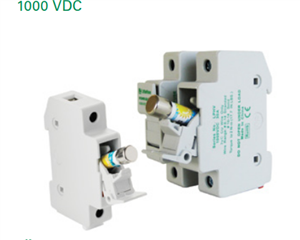

Sparkingchip:
Best of luck buying fuse holder for a domestic consumer unit.
Google found some Hager ones for me - e.g. https://mastertrade.co.uk/hg-lb115-hager-lb115-fuse-carrier-15a-bs1361.html
- Andy.
We're about to take you to the IET registration website. Don't worry though, you'll be sent straight back to the community after completing the registration.
Continue to the IET registration site